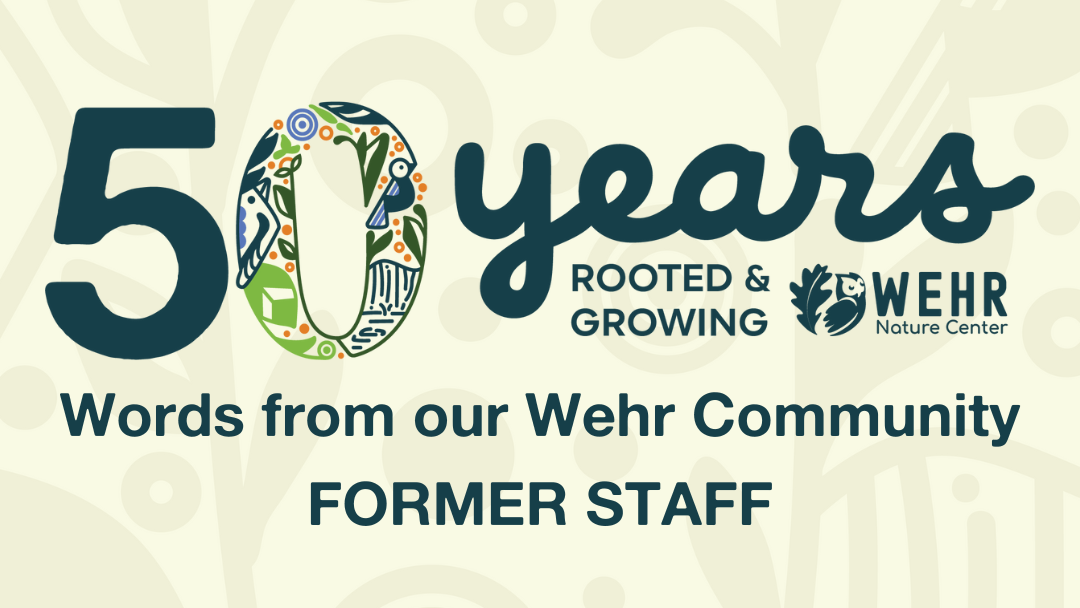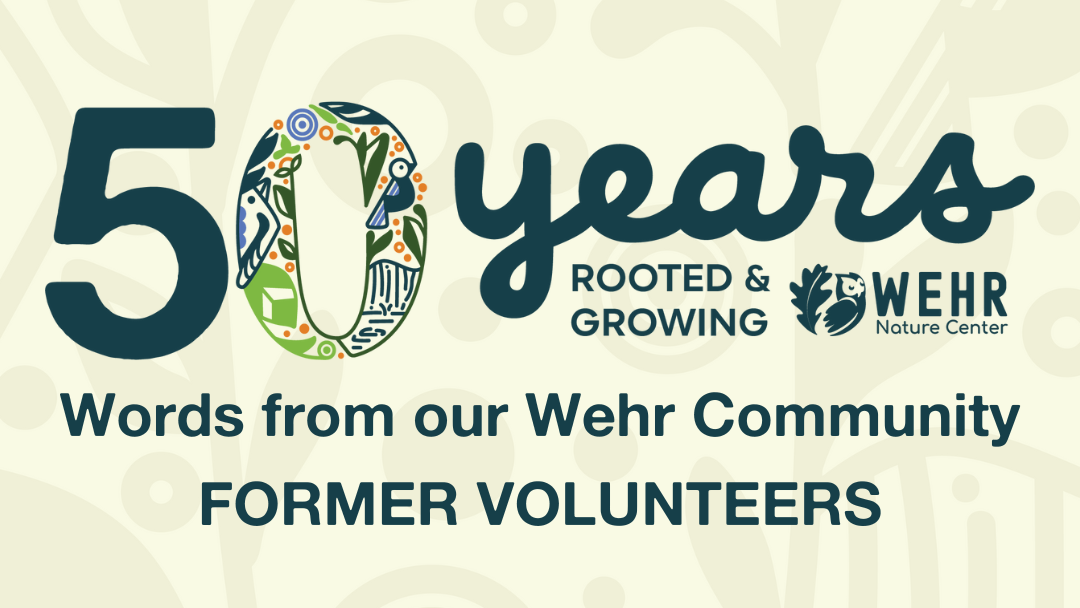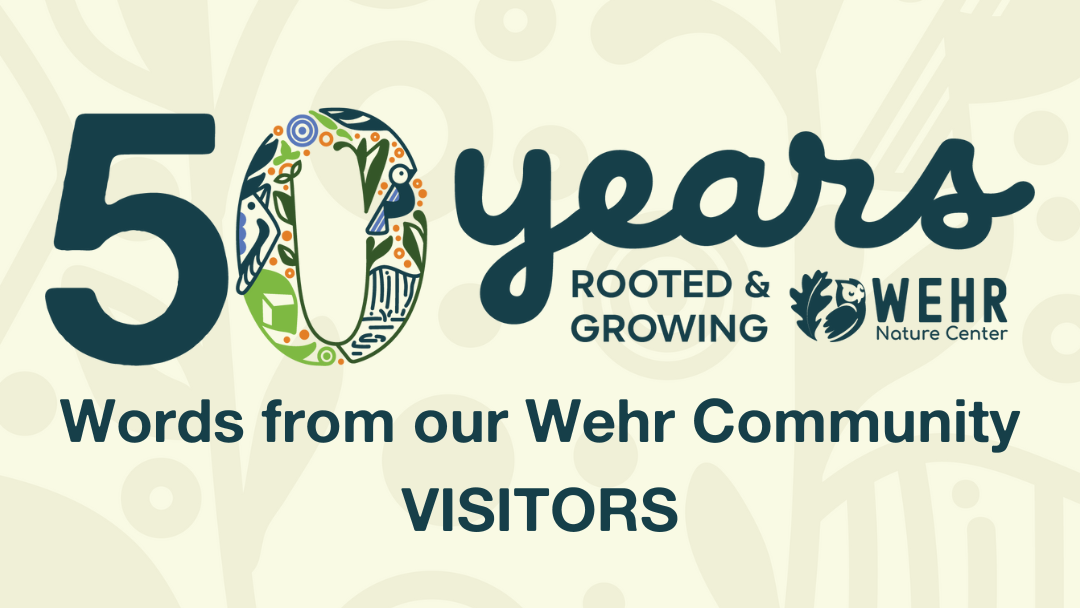Wehr’s Natural Diversity: The Upland Woods
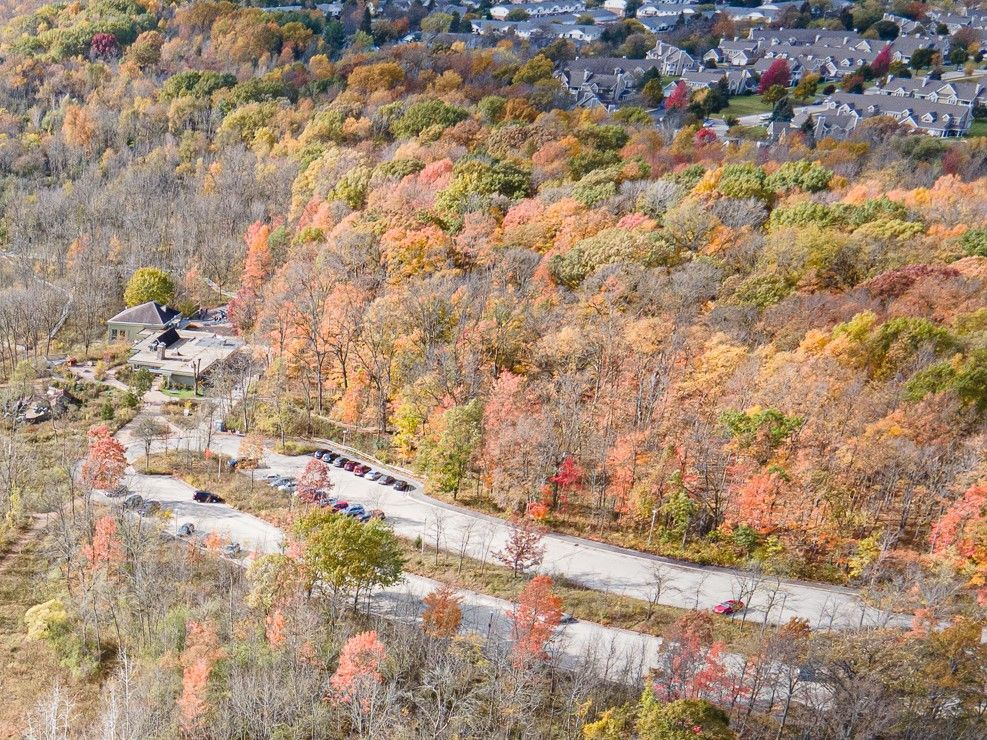
The all-season beauty of the upland forest along our Blue Trail makes it must-see for visitors to Wehr. The 53-acre stand is diverse. Oaks, hickories, and black cherry trees are common in drier areas, while sugar maples dominate in moist north facing l
ocations. Everything in the woodland revolves around these trees. Competition for light creates the early spring display of wildflowers we see April to May. Spring ephemerals like spring beauty and trillium race to finish their life cycle before the trees leaf out. Those colorful leaves that cover the ground in fall are not just a beautiful show, they bring life giving nutrients to the soil and create a moist blanket that shelters living things.
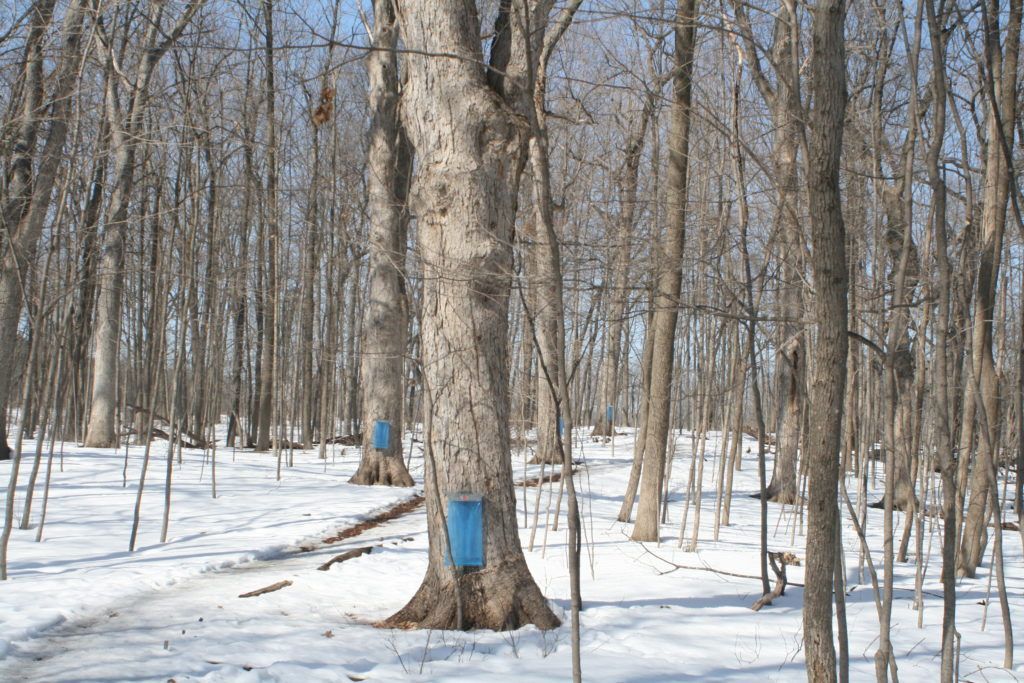

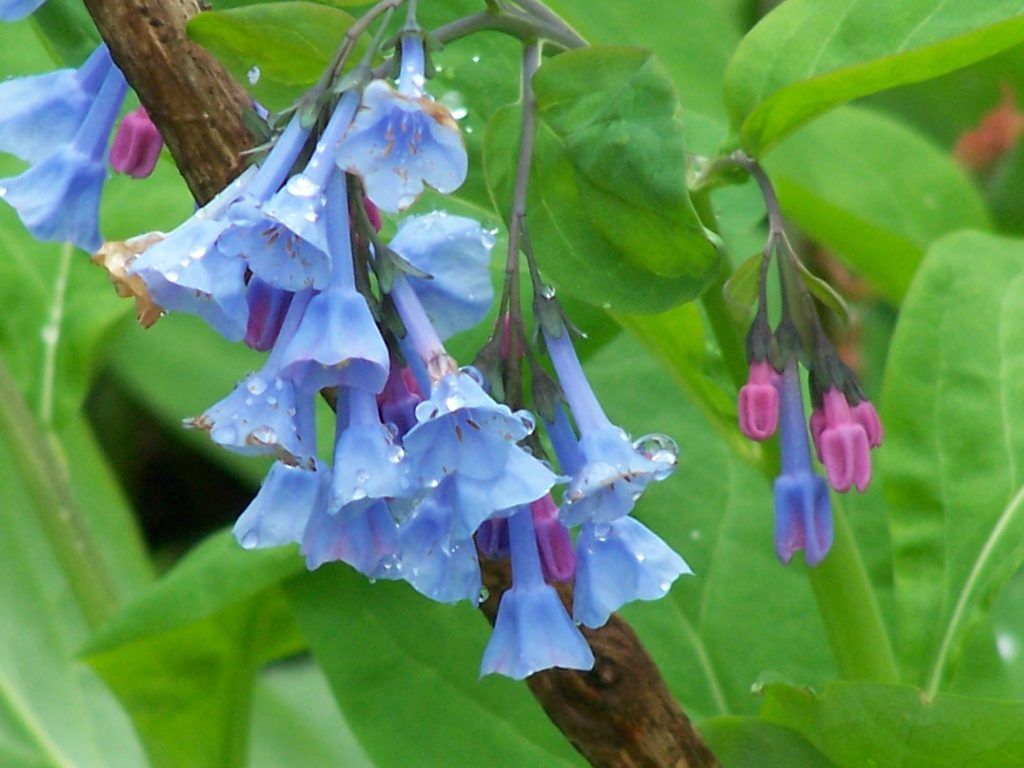
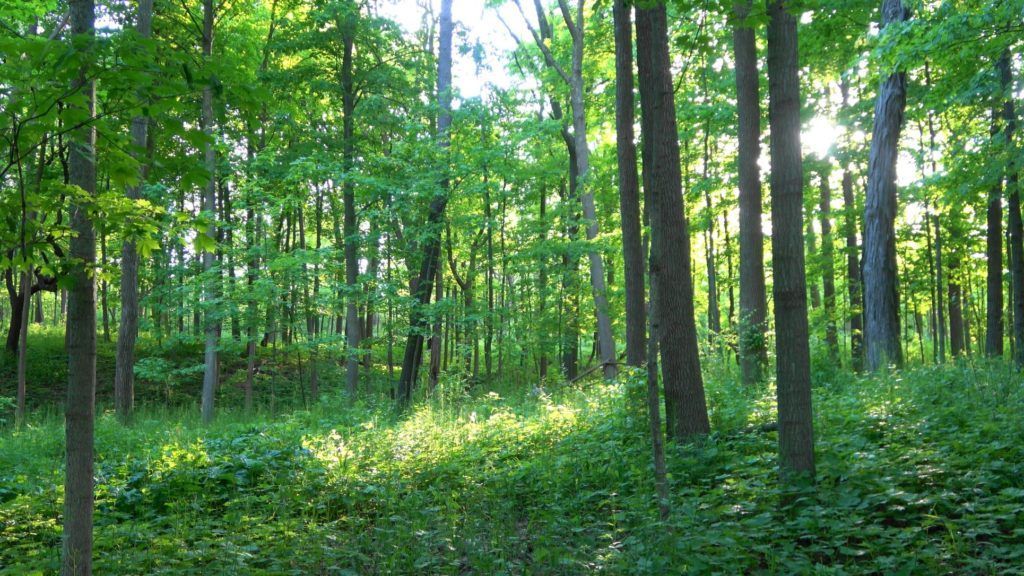
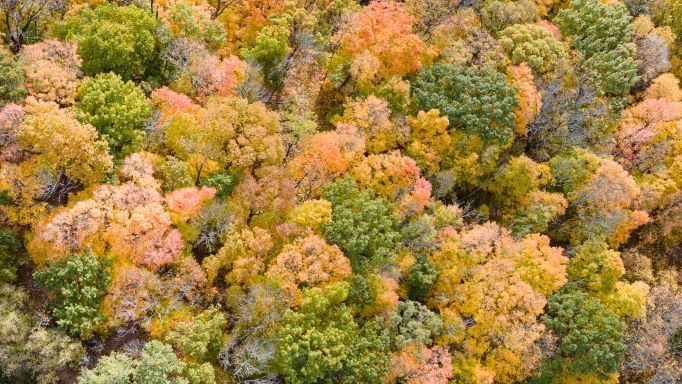
History of the Woodland
Wehr’s landscape is a gift of the glaciers that covered this part of Wisconsin until just 15,000 years ago. When the glaciers receded, they left behind hills called moraines made of glacial till (rocks, gravel, sand, and clay). You’ll climb up and down the edge of moraine as you explore the Blue Trail. Look for large boulders called erratics scattered throughout the woodlands. They were dropped by the glaciers as they melted away.
Indigenous people have lived in the forests, wetlands, and oak openings of what is now Franklin for thousands of years. In 2010, erosion of the drainage way in the woodland exposed an artifact that was identified as a knife point created roughly 2500 years old during the Middle Woodland Era!
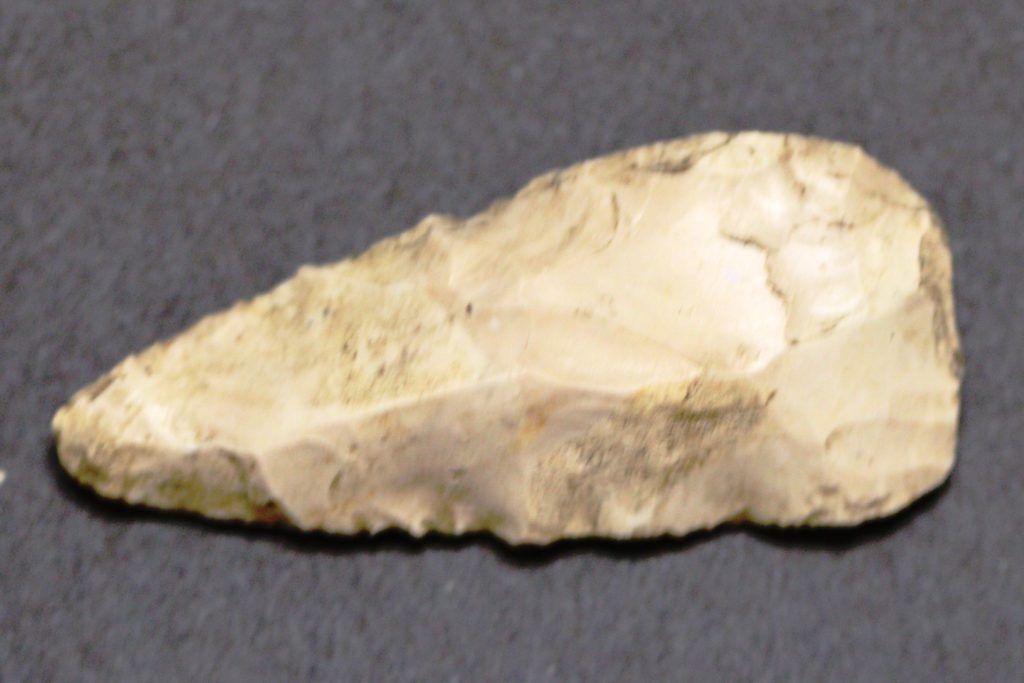
What we see today is a remnant of larger forests that covered Franklin in the past. We estimate the large oaks and hickories in the woods are over 200 years old, and some sugar maples are over 180! We believe farmers pastured cattle and selectively harvest timber from the woods up to the 1930’s when the land became a park.

Wonderland for Wildlife
Wehr’s upland woods provide food and shelter to hundreds of wildlife species. Oak trees are especially valuable. Acorns are food for white-tailed deer, fox and gray squirrels, chipmunks, white-footed mice, blue jays, turkeys, and all kinds of insects. The leaves of the oak trees are food for over a hundred species of caterpillars. They become food for the many birds that migrate through or nest in the woods. Scarlet tanagers, pewees, wood thrush, ovenbirds, black-throated green warblers, red-headed woodpeckers, and great-crested flycatchers are just a few of the species that nest within the woods. Thank an oak tree the next time you go birdwatching!
Erosion and Invasive Species Threaten our Woods
Unfortunately, Wehr’s woodland is seeing rapid change due to the dual threats of erosion and invasive species. Drainage ways carry runoff from neighboring developments down the steep slopes in the woodland. The volume and speed of the water has increased in the past 30 years, resulting in soil erosion that exposes tree roots. We have seen an increase in windfall trees along these channels. Invasive plants such as garlic mustard, dame’s rocket, and common buckthorn smother native plants and emerald ash borers have killed 100% of the white ash in just seven years. Even worms pose a threat. We have an expanding population of jumping (snake) worms that might be the biggest danger we have seen yet to the woodlands. Learn more about this new threat in our blog http://friendsofwehr.org/worms-threaten-wehrs-woodland.
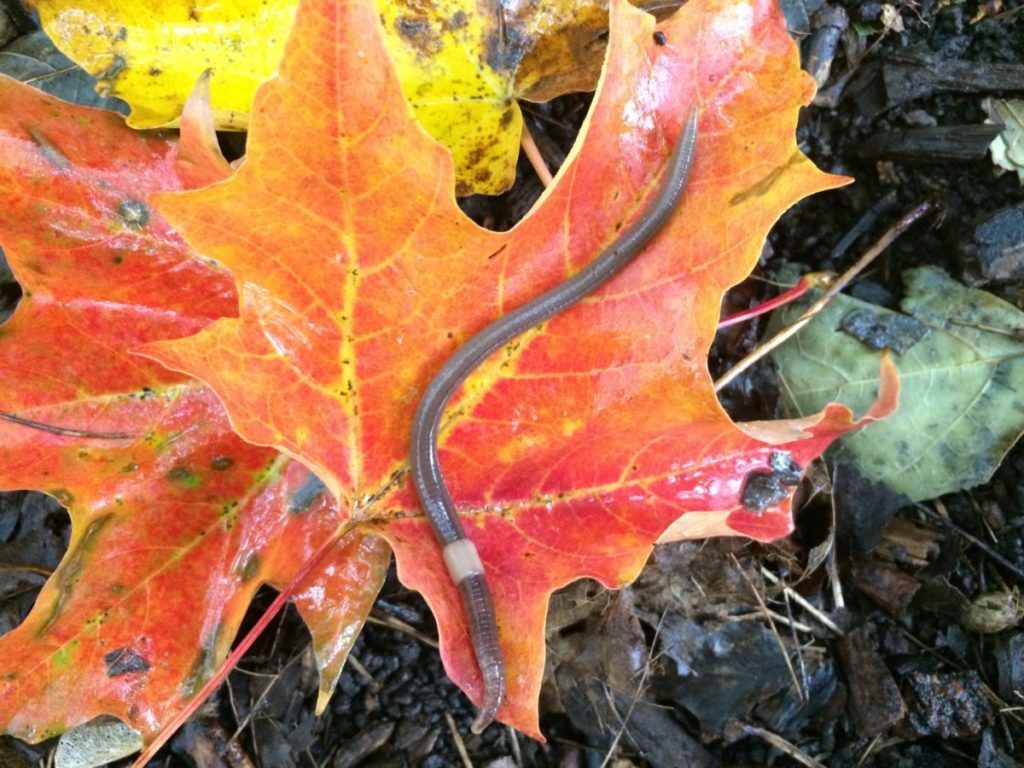
How You Can Help Wehr’s Woodland
- Stay on trails. You can spread invasive plant seeds and jumping worm cocoons to new areas in the treads of your shoes. Hiking off trail disrupts ground nesting birds.
- Don’t remove or introduce plants or animals to the woods. Picking flowers, foraging mushrooms, or collecting plants or animals disrupts the woodland ecosystem. Dumping plants waste or seeds, or releasing animals from your yard can bring disease and new pests to the nature center.
- Volunteer or donate . Join our EcoWarrior and Earth Care volunteers to remove invasive plants or donate to help us replant and restore our natural areas. https://friendsofwehr.org/volunteer/
The post Wehr’s Natural Diversity: The Upland Woods appeared first on Friends of Wehr Nature Center.



